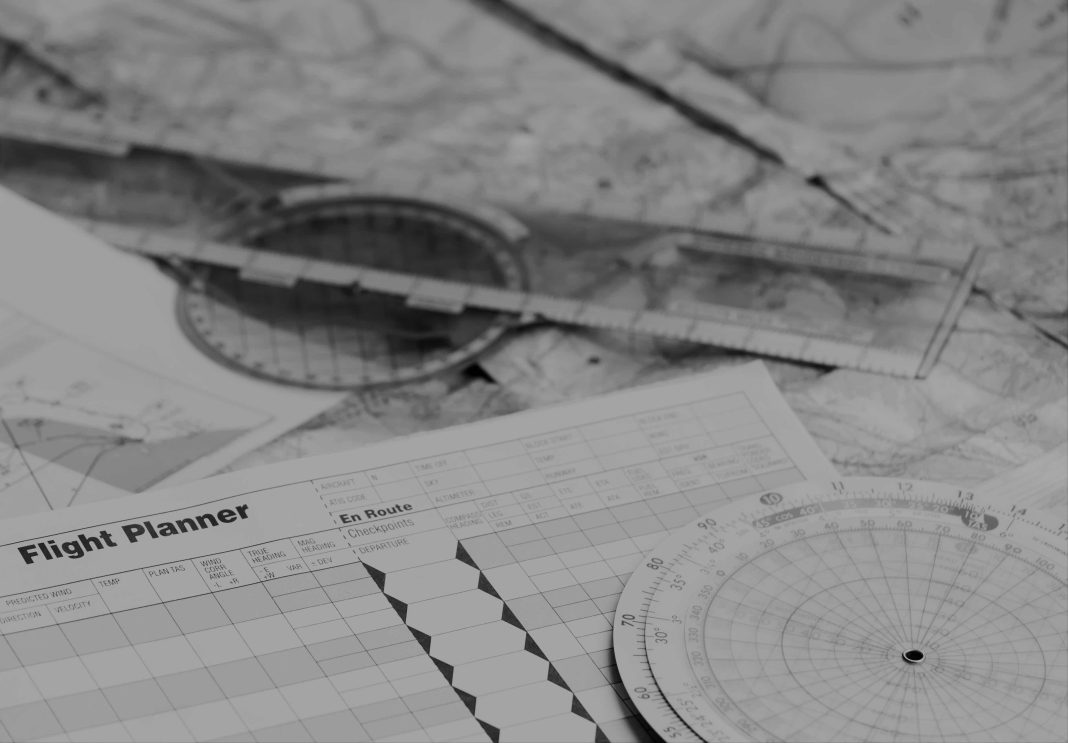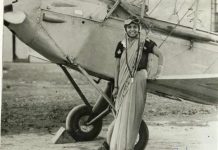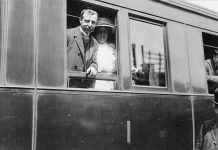How many objects do we take for granted every day? The mobile phone that allows us to contact children, friends and relatives at any time, the internet that allows us to buy flights at just the click of a few buttons, the credit cards (now contactless) that get faster and more reliable. The cloud, home automation, Wi-Fi, Bluetooth technology…and, last but not least, GPS.
GPS, which stands for Global Positioning System, is a global navigation satellite system that, through a network of satellites in orbit, provides geographic coordinates to a mobile terminal or GPS receiver anywhere on the planet. Each satellite sends out radio signals to a receiver, which processes the data and indicates the exact position of a point on Earth.
This technology was launched by the US Department of Defence in 1973 to overcome the limitations of previous navigation systems. In 1991, the USA gave the world access to the technology for civil uses under the name SPS (Standard Positioning System), but the system only became fully functional in 1994, when it was fitted onto aircraft.
How exactly did pilots find out their location before GPS?
Let’s start with the basics. Air navigation involves piloting an aircraft from place to place along a predefined route. In aviation history, eight kinds of navigation have existed, coexisted or substituted one another: visual navigation, dead reckoning, instrument flight, pressure pattern navigation, celestial navigation, satellite navigation, inertial navigation system and integrated navigation.
Visual flight is the only system used since the dawn of aeronautics and is a fundamental lesson for all pilots, even today. It works by observing outside visual references. This kind of navigation has subsequently come to be assisted and improved through the introduction of magnetic compasses, anemometers or clocks, making it more precise. As receivers were integrated on board aeroplanes, radio assisted or instrumental navigation became more widespread, receiving electromagnetic signals from the ground regarding the aircraft’s horizontal and vertical position.
Pressure pattern navigation and celestial navigation are among the oldest ancestors of GPS. The former, soon superseded, was based on meteorological parameters and control of fuel consumption. Celestial navigation, more widely applied in nautical and astronautical navigation than in air navigation, uses visible celestial bodies as a point of reference to locate the aircraft’s position and follow a route. This fascinating method, successfully employed by Italian explorer, navigator and cartographer Amerigo Vespucci, has proved to only be partially reliable due to limited visibility in adverse meteorological conditions.
Today, satellite navigation using GPS and inertial navigation are used simultaneously to give a safe and reliable combination known as integrated navigation.
To this day, however, pilots and sailors can still recognise the North Star. Can you?




